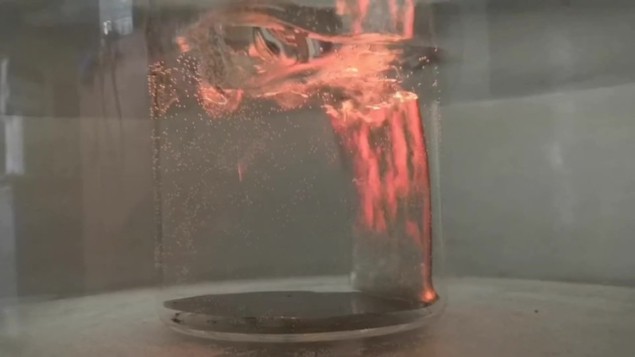Quickly-grown graphite film blocks electromagnetic radiation
All electronic devices produce some EM radiation. As devices become ever smaller and operate at higher and higher frequencies, the potential for electromagnetic interference (EMI) grows, and can adversely affect the performance of the device as well as that of nearby electronic systems.
Graphite, an allotrope of carbon built from layers of graphene held together by van der Waals forces, has a number of remarkable electrical, thermal and mechanical properties that make it an effective shield against EMI. However, it needs to be in the form of a very thin film for it to have a high electrical conductivity, which is important for practical EMI applications because it means the material can reflect and absorb EM waves as they interact with the charge carriers inside it.

No comments:
Post a Comment